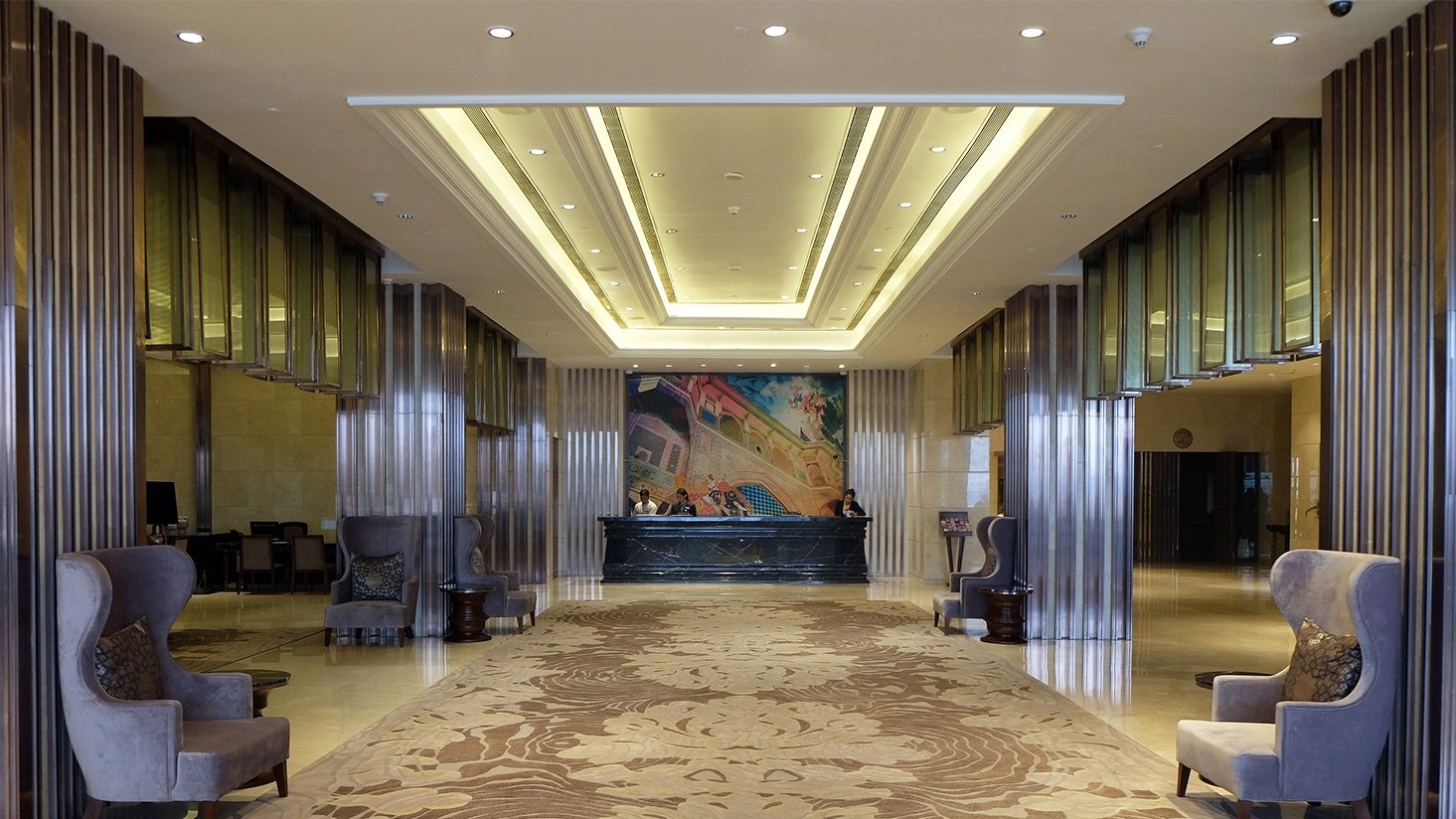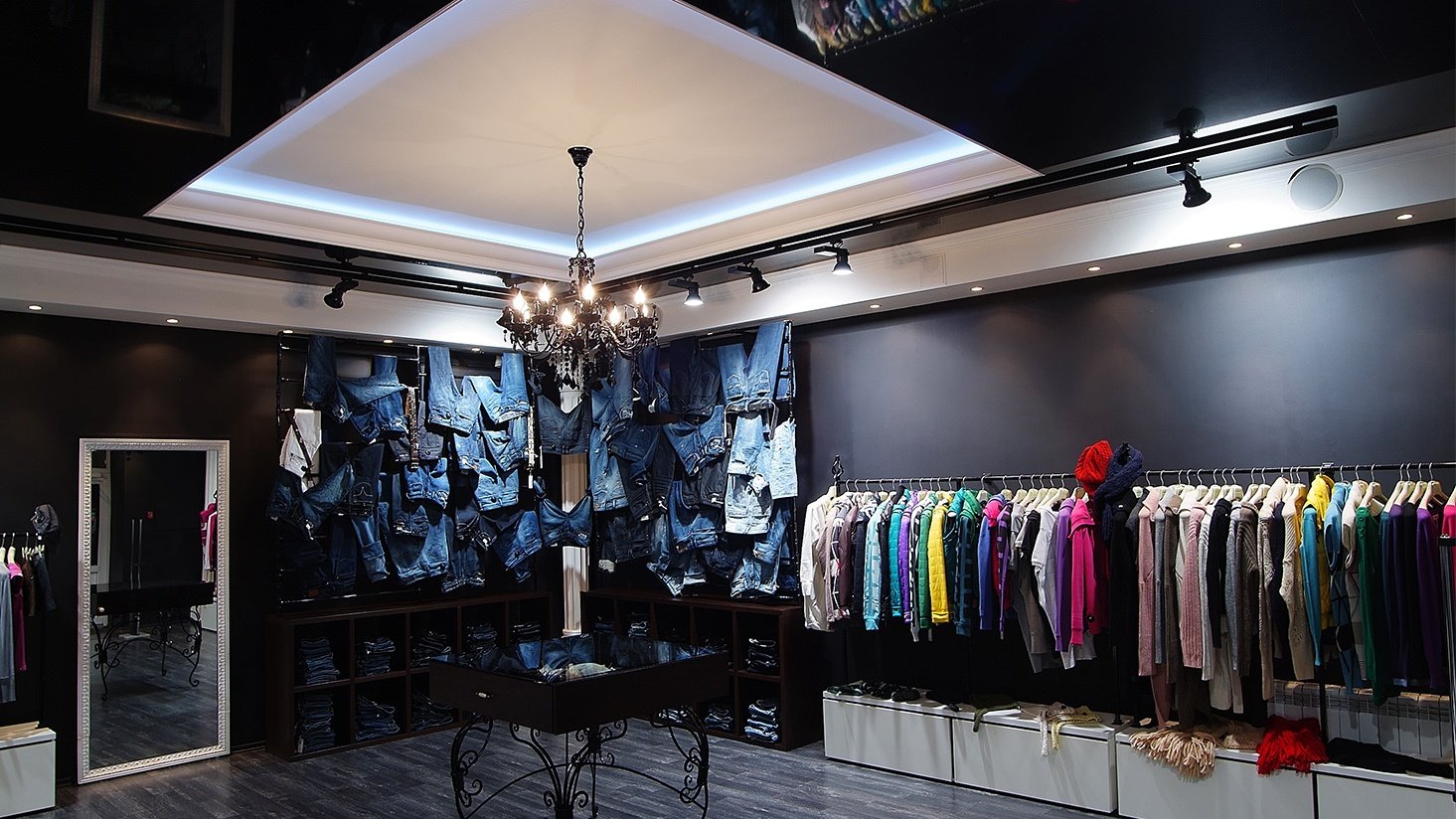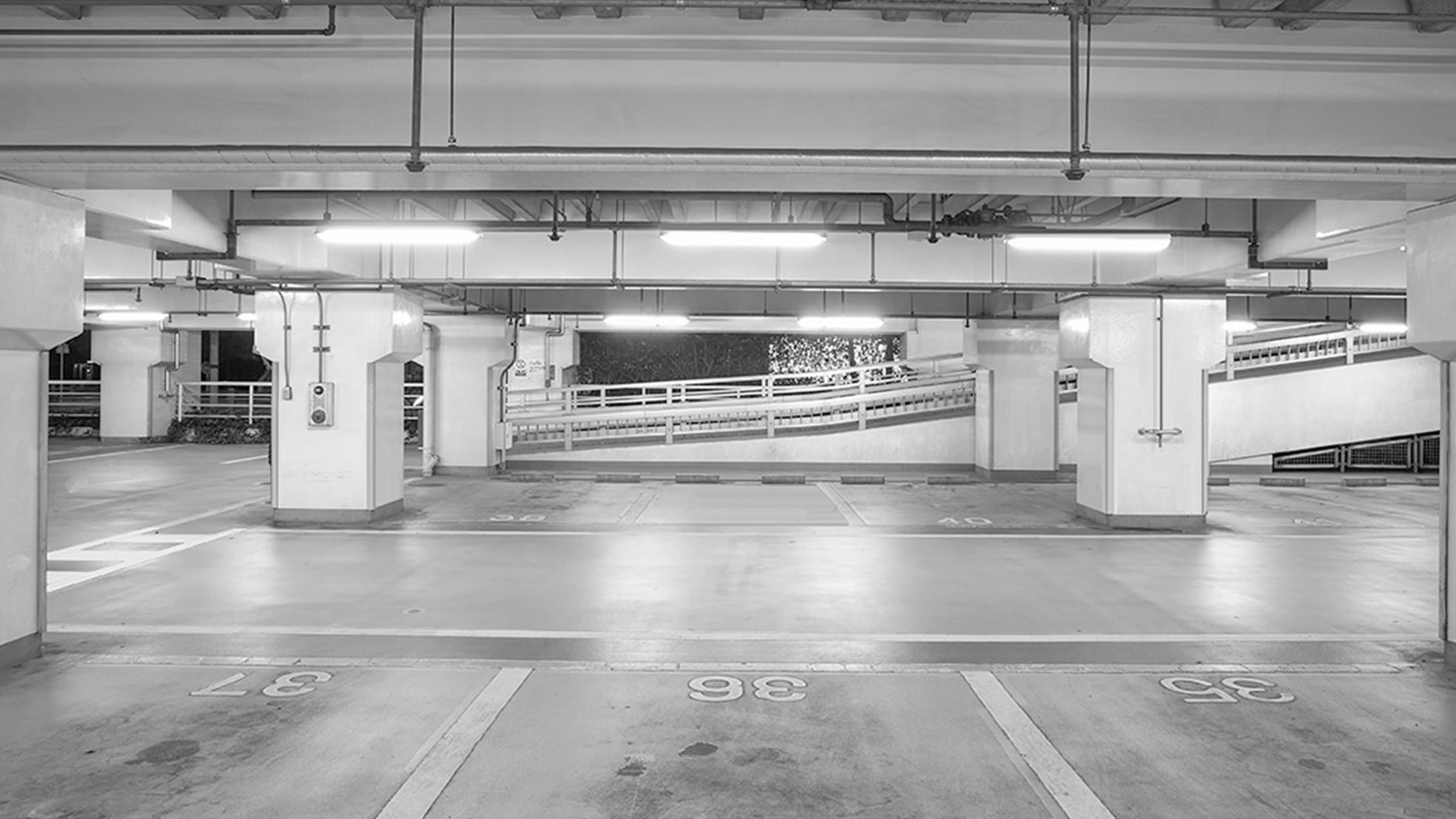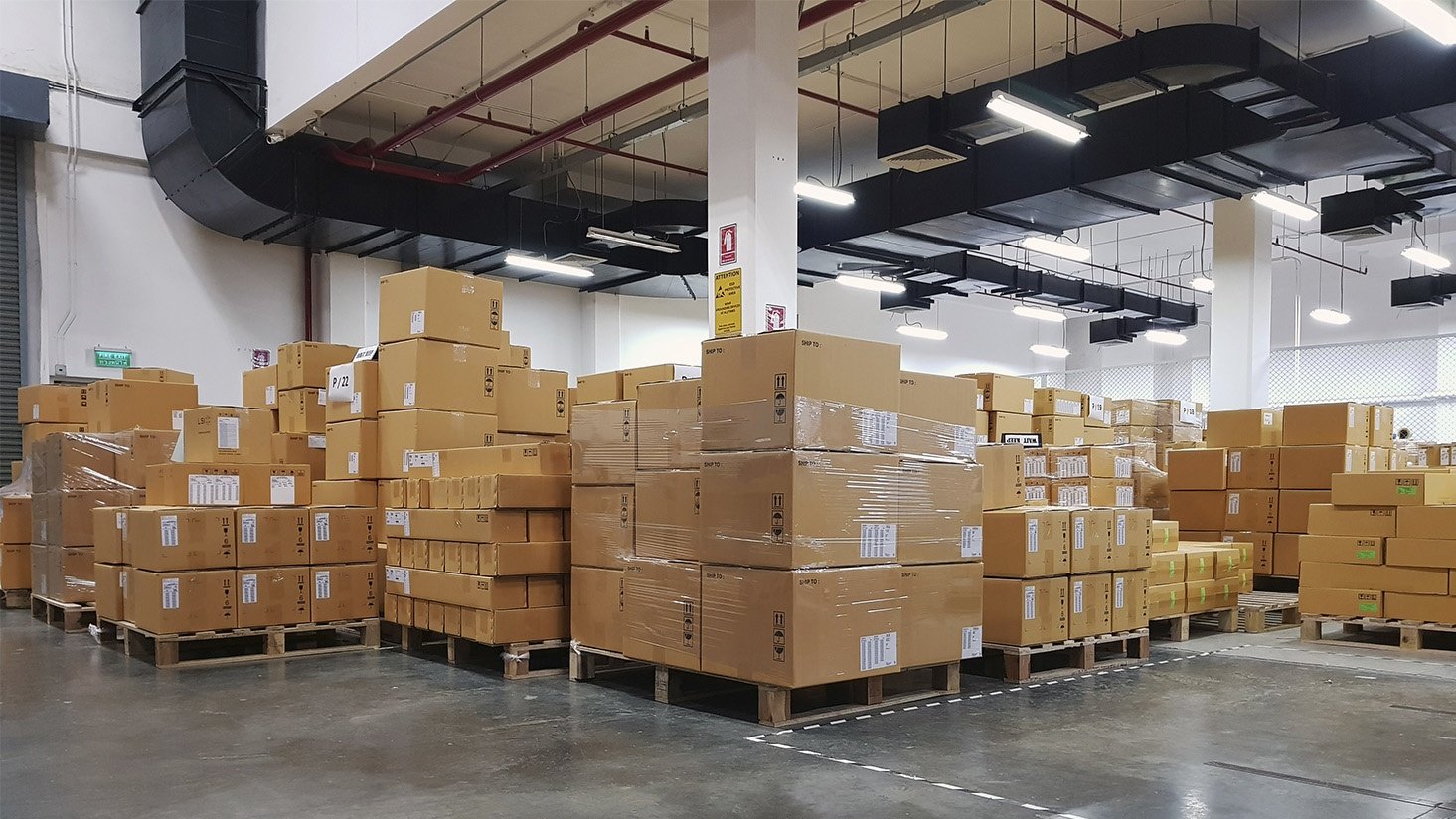Common light bulbs and LED upgrades for schools
It's important to have an established routine for maintenance of any kind, but lighting maintenance – especially for schools – should be particularly efficient and consistent. Lighting maintenance headaches may be frequent, but we’ve found that having adequate knowledge and resources are key in managing those headaches.
How many teachers does it take to change a light bulb? Well, teachers generally don’t change light bulbs, but a good teacher can make a dim one brighter.
Now, for those of you who do change lightbulbs in schools, we’ve put together a guide to common light bulbs and LED upgrades for schools along with links to where you can buy either the product or the appropriate LED upgrade. If you'd like to jump straight to a specific area of your school, use one of these links:
School hallway and classroom lighting
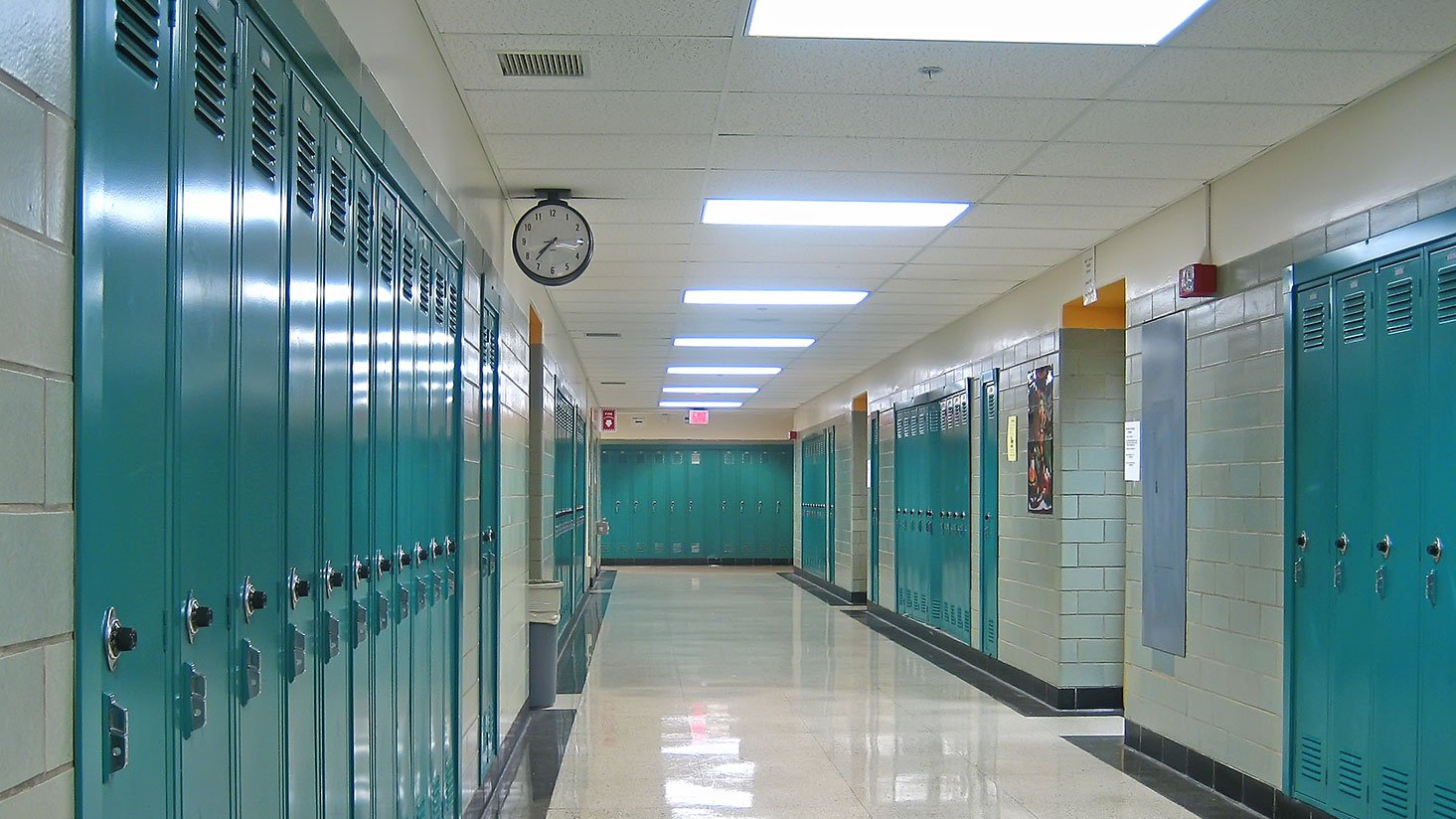
Most of the lighting found in hallways and classrooms is overhead fluorescent lighting that consists of 2’ x 4’ or 2’ x 2’ troffers. The most common bulbs found in these fixtures are linear fluorescent tubes such as T8s or T12s.
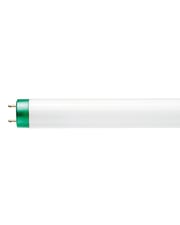
Linear Fluorescent Tube (T8)
Technical Jargon:
- Shape: T8 (1" diameter)
- Base: Bi-pin (G13)
- Length: 1 foot to 4 foot
- Wattage: 13W to 32W, based on length
What are you looking for?
We must note, however, that T12s are pretty much phased out – but we discuss LED replacement options for T12s in this blog post.
Task lighting
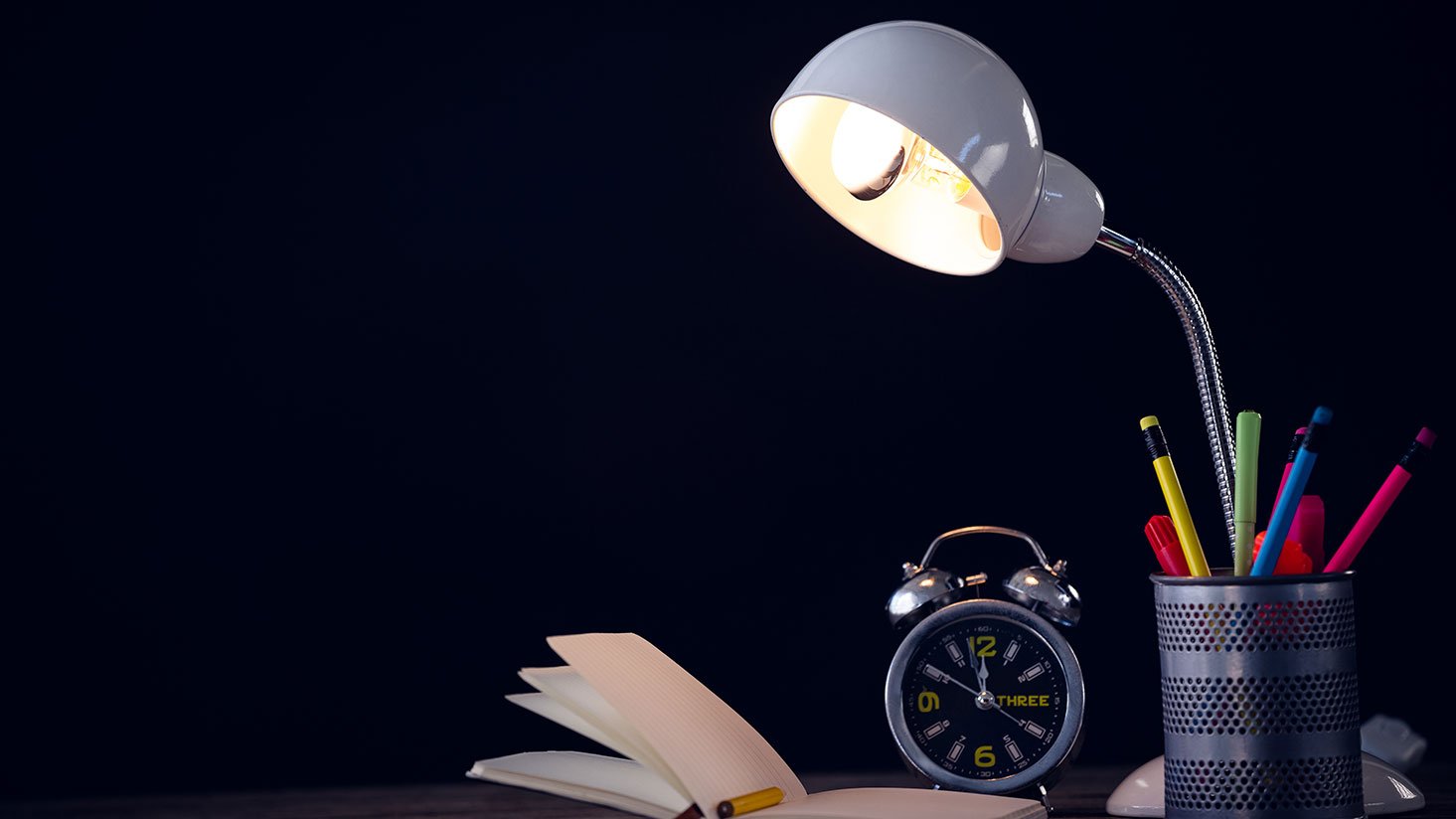
Most of the lamps you’ll see sitting on a teacher’s desk, or positioned in the corner of the classroom reading nook, use a standard light bulb (A19 shape) with a standard screw-in base (E26, or “Edison” base).

Standard Light Bulb (A19)
Technical Jargon:
- Shape: A19 (2 3/8" diameter)
- Base: Medium (E26)
- Wattage: 25W to 100W
- Finish: Frosted or Clear
What are you looking for?
Note that there are some exceptions with different sockets or specialty bulb shapes on certain desk lamps, but a standard light bulb usually does the trick.
School cafeteria lighting
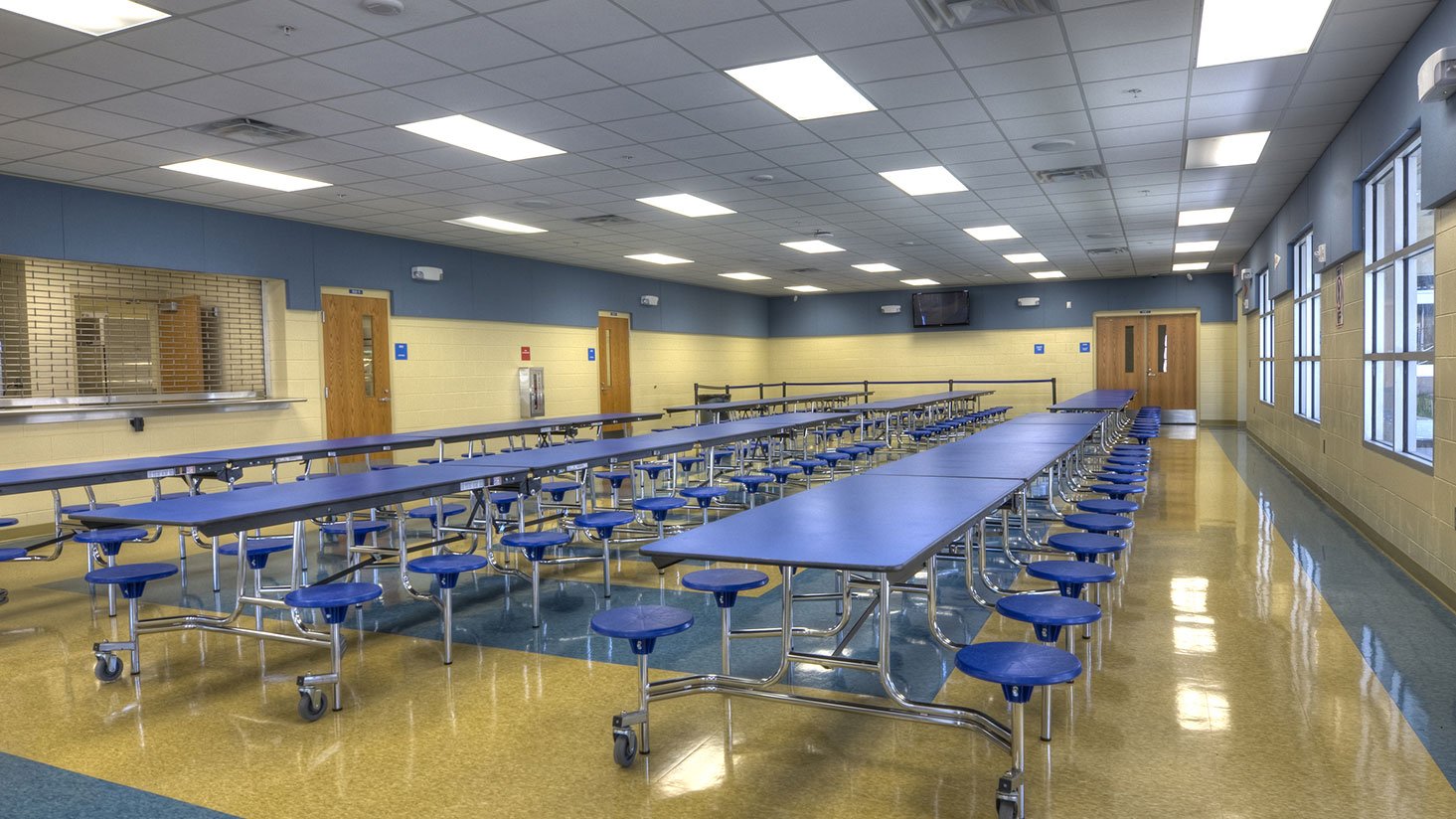
Most school cafeterias have overhead fluorescent lighting – often 2’ x 4’ or 2’ x 2’ troffers. Like hallways and classrooms, cafeterias use linear fluorescent tubes (either T8s or T12s) in these fixtures.

Linear Fluorescent Tube (T8)
Technical Jargon:
- Shape: T8 (1" diameter)
- Base: Bi-pin (G13)
- Length: 1 foot to 4 foot
- Wattage: 13W to 32W, based on length
What are you looking for?
One replacement option for T12s we like to recommend is to install electronic ballast-compatible linear LEDs and a new electronic ballast. Not only will this help you save a significant amount of energy, but it will also provide a solution that will last for years, and keep the up-front cost lower than a new fixture.
One final note on cafeterias: If you’re replacing light bulbs in the kitchen area, you may need tube guards or plastic LED tubes to stay compliant with food safety rules.
School walkway lighting
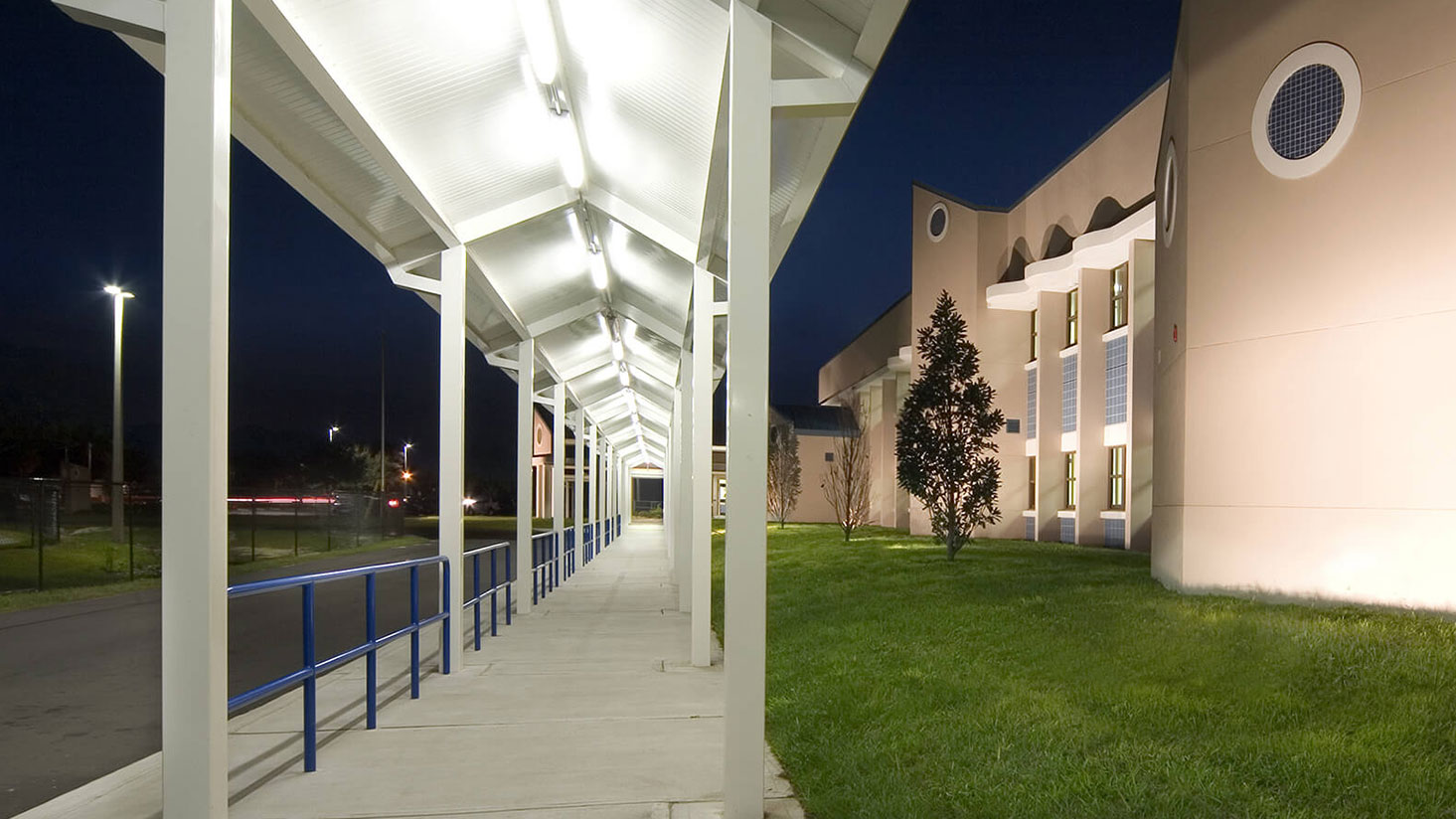
Most lighting used for covered walkways is 4’ vapor tight fixtures. These fixtures are tough and moisture-resistant, so they’re great for outdoor lighting. Fluorescent tubes (generally T8s) are the bulbs used in this type of fixture.
Again, there are excellent LED upgrade options available for walkways. In most instances, walkway lighting remains on 24/7, so this is a perfect place to install long-life lighting that is guaranteed to save your school money and provide a sense of security for students and faculty.

Linear Fluorescent Tube (T8)
Technical Jargon:
- Shape: T8 (1" diameter)
- Base: Bi-pin (G13)
- Length: 1 foot to 4 foot
- Wattage: 13W to 32W, based on length
What are you looking for?
Here is an overview of how one Dallas parking garage increased its light levels and achieved a 14-month payback while using fewer fixtures.
School gym lighting
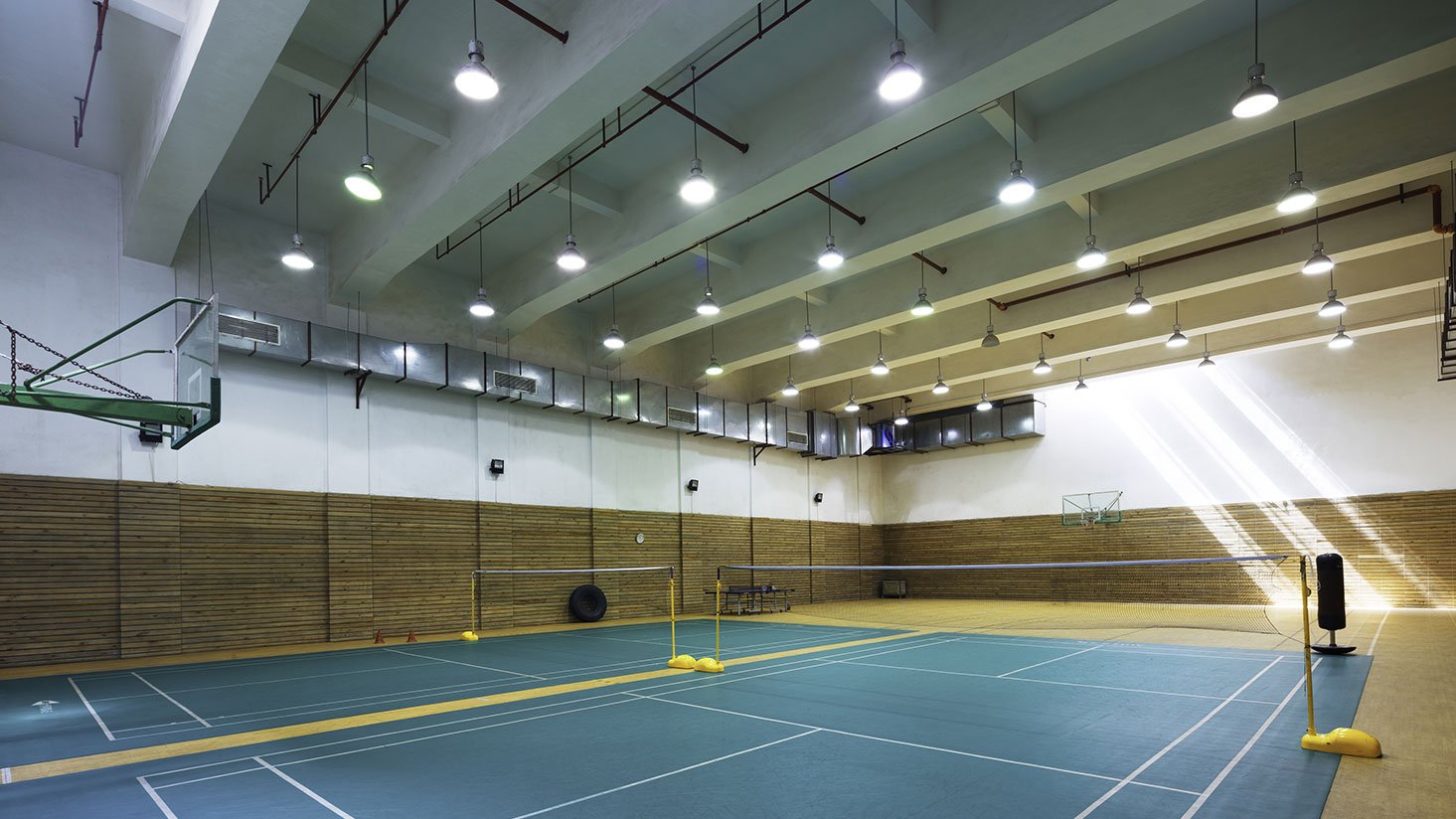
School gymnasiums commonly have 400W HID high bay fixtures because these fixtures throw a lot of light a long way. You can find replacement bulbs or ballasts below:

HID Light Bulb
Technical Jargon:
- Shape: ED, ET, BT, etc.
- Base: Mogul (E39)
- Wattage: 400W
What are you looking for?
Keep in mind that retrofitting is always an option. There are several reasons to consider retrofitting HID to LED, but two reasons to note include the fact that that LEDs are more energy efficient than HIDs and there is no warm-up time with LEDs.
Check out this blog post to learn how we helped a school cut back on energy consumption and maintenance needs by retrofitting its gym to LED.
For more guidance on lighting and how we can help make it easier, contact one of our lighting experts today for a free lighting consultation.





